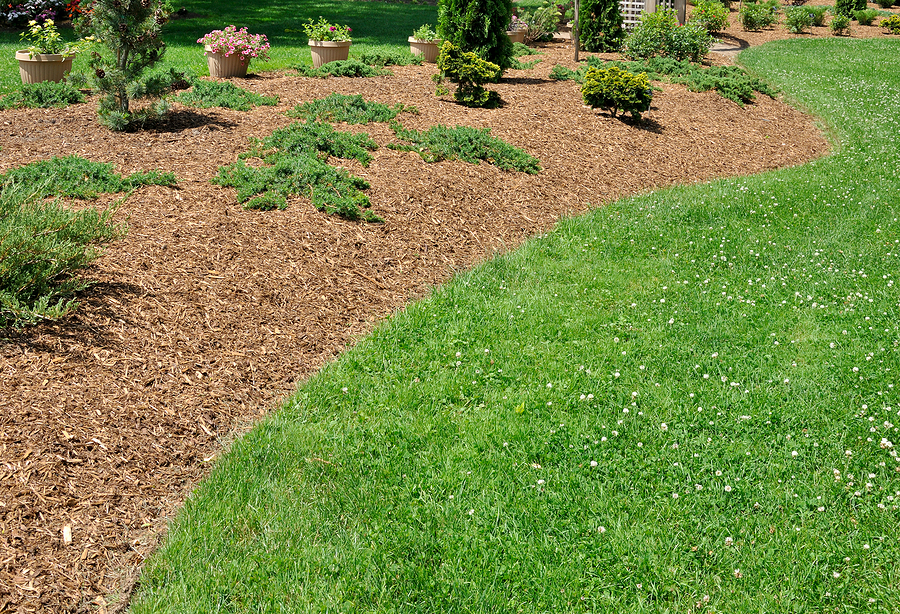Learn the Basics of Mowing Techniques for a More Beautiful Lawn
Click here To Call: 540-701-3559
|
Mowing the lawn may seem like a chore to you, and you are probably not even sure how to get started. However, if you don't devote your time and energy for this task, you can't expect your yard to look neat and appealing. What's more, this can start the growth of some flowers and weeds that may produce pollen, which can trigger your allergies.
With all these things in mind, here are important mowing tips and techniques that can help you with this crucial yardwork to enhance your outdoor space. 1. Understand the right mowing height. Yes, there is such a things as the proper height when mowing your lawn. In fact, the ideal height depends on the grass variety on your yard. In simpler terms, the grass should be tall enough to recover and grow back after being mowed. However, it should not be too tall, which could make the yard appear rough and a bit stemmy. For bluegrass, it can be trimmed up to 2 inches in height and allow 3 inches of it to grow. The idea is not to go beyond removing over 1/3 of the grass blade. The right height of grass is important in ensuring its healthy and thriving root system. Always remember that there is a balance to be maintained between the length of grass blades and size of the root system. Once this balance is achieved, your plants will remain healthy and capable of handling any type of stress or factors that contribute to diseases. Most importantly, the ideal height of grass gives your lawn that gorgeous appearance. 2. Know the right mowing times. Grass varieties are either cool or warm season. Bermuda, which is a warm season grass, should be cut to about 3/4 to 1 inch in height. Then, mowing can be down once or thrice a week. As for fescue, rye and bluegrass, which are cool season grasses, you can cut up to 3 inches. Never go too short since this will make the grass more prone to weeds and drying. Generally, frequent mowing of cool season grasses is done during fall and spring, while you can mow your warm season grasses more often in summer. 3. Change your patterns of mowing. You should vary the mowing pattern each time to avoid compacting the soil. This helps keep your grass growing in an upright position while preventing ruts in soil. Also, remember that grass always grows and leans in a direction it was mowed. It is also important that when you mow grass on a slope, do this on a diagonal direction. 4. Use the right tools. Before you mow the lawn, be sure you have all the right tools you need. For instance, you need a lawnmower, which may either be push-propelled or gas-powered. Regardless of the type of mower you use, make it a point to maintain the sharpness of the blades to prevent tearing or ripping the grass. In case you have grass around the patios and walls, a string trimmer is what you need to do the job easily. This is effective in cutting long grass located on tight corners since the nylon blade does the work, which a regular mower cannot do. With these professional tips on how to mow your lawn correctly, you can create a stunning-looking yard with healthy grass growing all year round! Lawn Pruning Basics - Tips and Tricks to Help You Get Started |
|



